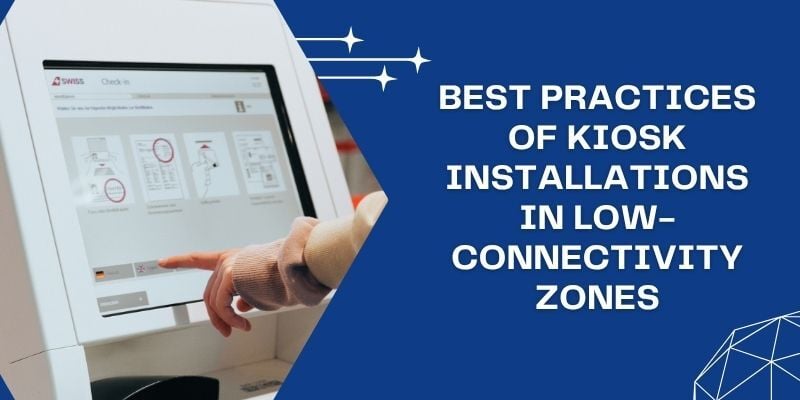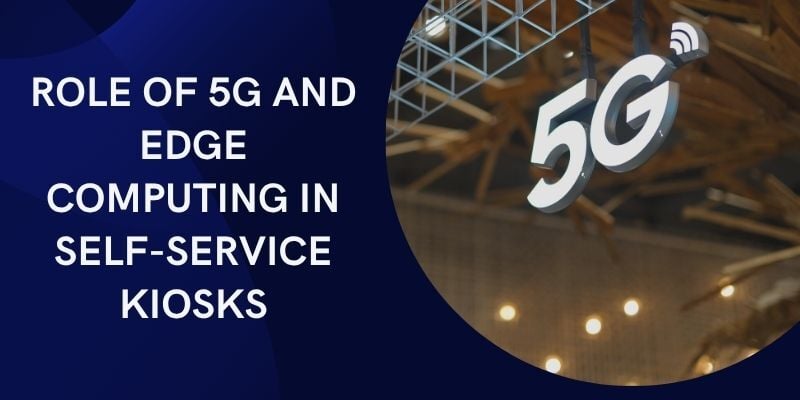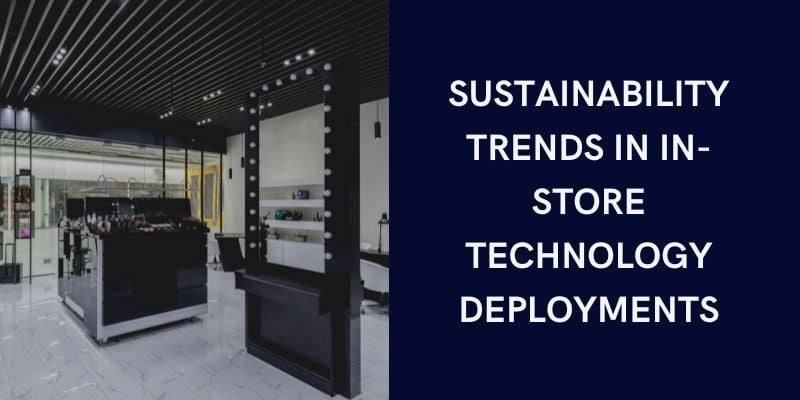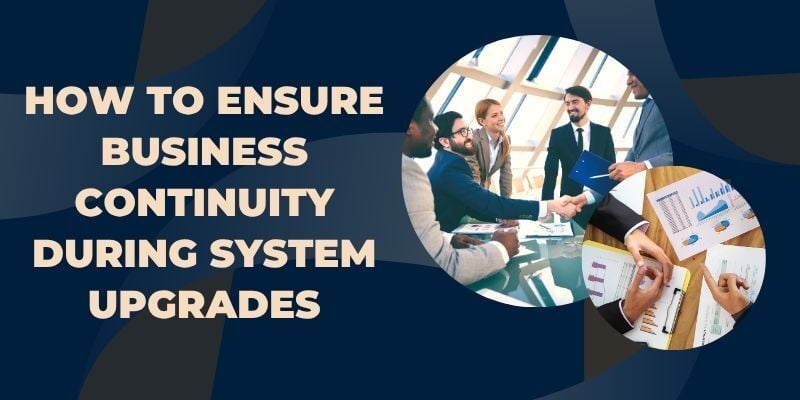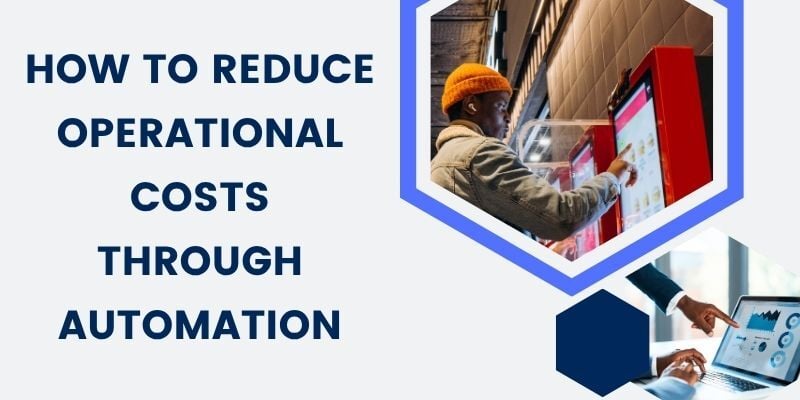Customer Experience (CX) refers to how a customer feels about a company based on all their interactions, from visiting the website to talking with customer service.
On the other hand, the Customer Journey (CJ) is the path a customer takes from discovering a product to purchasing and beyond.
Understanding the difference between these two concepts is crucial because while they are related, they focus on different aspects of how customers interact with a business.
This article will explore the distinctions between customer experience and customer journey and how they impact businesses.
We will also discuss tools like customer experience maps and journey maps that help companies improve their services.
By the end, you’ll understand how focusing on CX and CJ can improve the customer experience.
Customer Experience (CX) vs. Customer Journey (CJ)
 When comparing Customer Experience (CX) and Customer Journey (CJ), it’s essential to understand that, although they are related, they focus on different aspects of the customer-business relationship.
When comparing Customer Experience (CX) and Customer Journey (CJ), it’s essential to understand that, although they are related, they focus on different aspects of the customer-business relationship.
Knowing the difference between these concepts can help businesses improve their interactions with customers and their perceptions of them.
Differences
- CX as the Overall Impression: Customer Experience (CX) is all about a customer’s overall feeling after interacting with a business. The big picture includes all their emotions and perceptions about the company.
- CJ as the Series of Interactions: Customer Journey (CJ), on the other hand, refers to the specific steps or stages a customer goes through when dealing with a business. This could start from the first time they hear about the company, continue through their decision to buy, and include any post-purchase interactions.
- CX is the End Result: Think of Customer Experience as the final grade a customer gives a company based on all their interactions. It’s how they sum up their entire relationship with the business.
- CJ is the Path: The Customer Journey is the detailed map of every interaction or touchpoint that leads to that final grade. It’s the specific path that customers walk that ultimately shapes their experience.
Similarities
The interconnectedness of CX and CJ: Customer Experience and Customer Journey are deeply connected. They work together to help businesses understand and meet customer needs.
Focus on Customer Understanding: Both concepts center on understanding what customers want and need. By mapping out the Customer Journey and focusing on improving the Customer Experience, businesses can create better, more satisfying customer experiences.
Shared Goal of Customer Satisfaction: Ultimately, both CX and CJ aim to ensure that customers are happy and satisfied with their interactions with the business, leading to stronger relationships and loyalty.
What is Customer Experience (CX)?
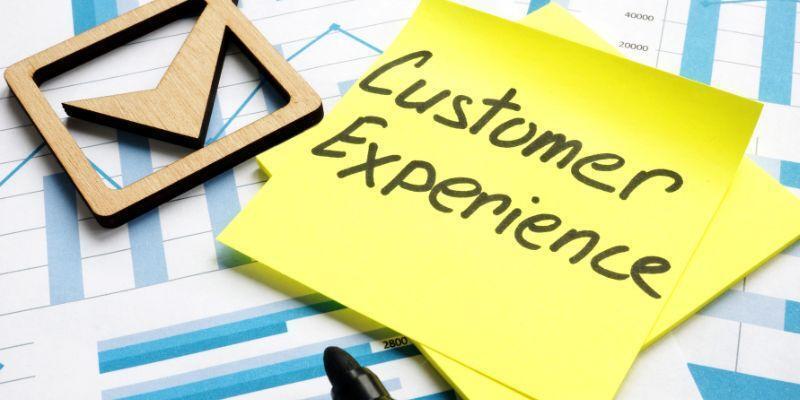 Customer Experience (CX) is a customer’s overall impression and perception of a brand after interacting with it.
Customer Experience (CX) is a customer’s overall impression and perception of a brand after interacting with it.
This includes every touchpoint, from browsing a company’s website to speaking with customer service and even the feeling they get when they think about the brand. In essence, CX is the sum of all interactions and how they make the customer feel about the company.
Key Elements of CX
Several key elements contribute to the Customer Experience:
- Product Quality: Customer satisfaction with the product or service they purchase is crucial. If the product meets or exceeds expectations, it positively impacts the overall CX.
- Customer Service: The support a customer receives when they have a question or problem significantly shapes their experience. Friendly, helpful, and prompt customer service can significantly improve CX.
- Brand Reputation: How customers perceive the brand overall—whether they see it as trustworthy, innovative, or customer-focused—affects their experience. A strong brand reputation can lead to a more positive CX.
All these touchpoints come together to form a customer experience map. This map visualizes all the interactions that contribute to the overall Customer Experience vs. Customer Journey, making it easier for businesses to see where they excel and where they might need to improve.
Measuring CX
To ensure that a business is delivering a positive Customer Experience, companies use various metrics to measure and track CX:
- Net Promoter Score (NPS): This metric measures how likely customers are to recommend a brand to others. A high NPS indicates that customers are satisfied and willing to advocate for the brand.
- Customer Satisfaction (CSAT): CSAT is a straightforward measure of customer satisfaction with a specific interaction or overall service. It usually involves asking customers to rate their satisfaction on a scale.
- Customer Effort Score (CES): CES measures how easy it was for customers to resolve their issues or complete tasks. A lower effort score generally means a better Customer Experience.
These metrics help companies gauge how well they meet customer expectations and where improvements are needed.
Importance of CX
Delivering a positive Customer Experience is vital for any business. Customers who have a great experience are more likely to return, become loyal, and even recommend the brand to others. This kind of loyalty leads to increased revenue and long-term success.
Moreover, a positive CX can turn customers into brand advocates who continue to buy from the company and help attract new customers through word-of-mouth recommendations.
Therefore, understanding and improving Customer Experience should be a top priority for businesses aiming to thrive in a competitive market.
By focusing on both Customer Experience vs Customer Journey, businesses can ensure that every step of the customer’s path contributes to a positive overall impression, leading to stronger customer relationships and business growth.
What is the Customer Journey (CJ)?
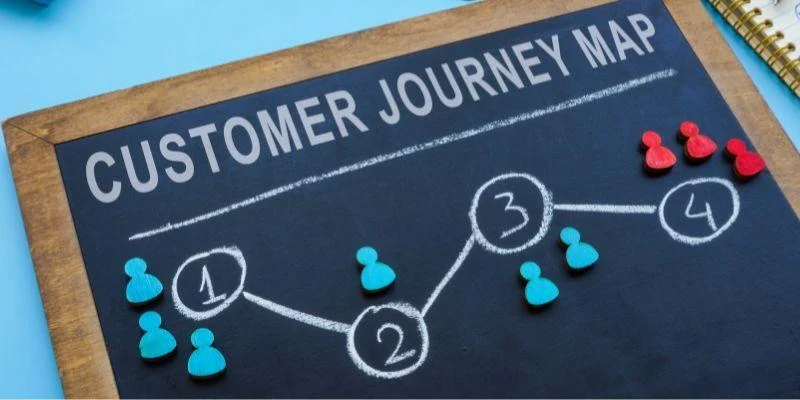 The Customer Journey (CJ) refers to the series of interactions and touchpoints a customer has with a brand throughout their relationship.
The Customer Journey (CJ) refers to the series of interactions and touchpoints a customer has with a brand throughout their relationship.
This journey begins when a customer becomes aware of a brand and continues through various stages, including considering a purchase, deciding, and engaging in post-purchase activities.
The CJ guides the customer from initial interest to a loyal relationship with the brand. Understanding the customer lifecycle vs. customer journey is crucial, as it highlights the different phases of customer engagement.
Stages of CJ
The Customer Journey typically consists of several key stages:
- Awareness: This is the first stage, where the customer becomes aware of a brand, product, or service. It might happen through advertising, word of mouth, or online searches. At this point, the customer is just learning about what the brand offers.
- Consideration: In this stage, the customer actively researches and compares different options. They may read reviews, ask for recommendations, or visit the brand’s website to gather more information. The goal is to decide whether the product or service meets their needs. This stage is where the customer experience vs. customer journey begins to take shape as customers evaluate their options.
- Purchase: After weighing their options, the customer decides and proceeds. This stage involves selecting the product, paying, and receiving the item or service.
- Post-Purchase: The journey doesn’t end with the purchase. In the post-purchase stage, customers use the product and may seek support if they encounter any issues. Their experience during this stage can significantly influence whether they become repeat customers or recommend the brand to others. This is where the relationship between the customer journey and the customer experience continues to evolve.
Understanding these stages helps businesses better anticipate customer needs and deliver a smoother, more satisfying experience at each step of the customer journey vs customer experience.
Mapping the CJ
Creating a customer journey map is valuable for visualizing and analyzing the Customer Journey. This map outlines each journey stage and highlights the specific touchpoints where customers interact with the brand.
When deciding how best to visualize these interactions, it’s essential to consider the experience map vs. the journey map.
- Visualizing the Journey: A journey map provides a clear picture of the customer’s path, from the first point of contact to the final stage. It helps businesses see where customers might encounter challenges or drop off the journey. Understanding the differences between customer experience and journey maps can help select the right mapping approach.
- Analyzing Touchpoints: By mapping out the journey, companies can pinpoint the touchpoints that matter most to customers and identify areas where the experience can be improved. For example, if customers frequently face difficulties during the purchase stage, the company might focus on simplifying the checkout process. This process also involves comparing the journey and experience maps to determine the most effective strategy.
- Improving CX: A well-designed customer journey map helps understand the Customer Journey and plays a crucial role in improving the overall Customer Experience. It allows businesses to see the entire process from the customer’s perspective and make informed decisions on improving each stage. Here, the distinction between experience maps and journey maps becomes particularly relevant.
Importance of CJ
Understanding and optimizing the Customer Journey is vital for several reasons:
- Improved CX: By carefully analyzing the Customer Journey, businesses can ensure that each interaction is as smooth and positive as possible, leading to a better overall Customer Experience. Customers who have a seamless journey are more likely to be satisfied and loyal.
- Reduced Churn: Churn occurs when customers stop doing business with a company. By identifying and addressing pain points in the Customer Journey, businesses can reduce the chances of customers leaving due to frustration or dissatisfaction. This highlights the importance of choosing the correct customer experience map vs the customer journey map for analysis.
- Increased Customer Lifetime Value (CLV): Optimizing the Customer Journey encourages repeat business and strengthens the customer’s relationship with the brand. This not only heightens customer loyalty but also increases the customer’s overall value to the company over time. Understanding the customer lifecycle vs. customer journey is critical to maximizing CLV.
Case Study
Wavetec Improves Customer Queuing Experience for MARS Group’s M&M Stores with UNO-Q Solution
MARS Group, operating a chain of M&M stores across the U.S., encountered challenges highlighting the critical difference between Customer Experience and Customer Journey.
Inefficient queuing processes, disorganized customer flow, and limited service efficiency led to poor customer experiences and potential revenue loss.
Understanding that the Customer Journey was fragmented, MARS Group sought to enhance it, knowing this would improve the overall Customer Experience.
Partnering with Wavetec, a global leader in customer experience solutions, MARS Group implemented the UNO-Q system, an advanced call-forward queuing solution, in seven major M&M stores.
The UNO-Q system streamlined the Customer Journey by introducing a single-line queue, making the process more organized and fair.
Real-time data insights and digital signage further enriched the Customer Experience by enabling store managers to optimize resource allocation and inform customers about their queue status and wait times.
The result was a significant transformation in the Customer Journey and Customer Experience. The UNO-Q system managed up to 50,000 customers per day, drastically reducing wait times and improving satisfaction.
This strategic focus on improving the Customer Journey led to a more positive overall Customer Experience, demonstrating how closely these two concepts are intertwined and critical to business success.
Learn how developing the customer journey can lead to a superior customer experience.
FAQS
What is the difference between user experience and user journey?
User Experience (UX) refers to how a user feels when interacting with a product or service, focusing on overall satisfaction and ease of use. User Journey, on the other hand, is the series of steps or stages a user goes through when engaging with a product, from discovery to post-use.
Is the customer journey the same as the customer lifecycle?
The Customer Journey is a part of the Customer Lifecycle, which encompasses the entire relationship between a customer and a brand—from initial awareness to long-term loyalty.
The journey focuses on the steps within this lifecycle, particularly around purchasing decisions and interactions.
What are some common obstacles found in a customer journey?
Common obstacles in a Customer Journey include complex website navigation, lack of personalized experiences, poor customer service, and unclear communication. These friction points can disrupt the journey and negatively impact the Customer Experience.
What technologies enhance customer experiences?
Technologies like CRM systems, AI-powered chatbots, personalized marketing tools, and data analytics platforms enhance Customer Experience by making interactions more efficient, personalized, and responsive to customer needs.
Can technology identify and resolve customer journey friction points?
Technology such as customer journey analytics, AI, and machine learning can identify friction points by analyzing user behavior and interactions. These tools can also suggest or implement solutions to smooth out the Customer Journey and improve overall satisfaction.
Conclusion
Understanding the difference between Customer Experience and Customer Journey is imperative for businesses aiming to create lasting customer relationships.
While Customer Experience (CX) represents a customer’s overall impression and satisfaction with a brand, the Customer Journey (CJ) is the series of interactions and touchpoints that lead to this experience.
By focusing on both, companies can ensure they meet and exceed customer expectations at every stage.
Optimizing the Customer Journey directly boosts the Customer Experience, leading to increased customer loyalty, reduced churn, and, ultimately, more tremendous business success.
Prioritizing both Customer Experience and Customer Journey allows businesses to create a smooth, positive experience that keeps customers returning.
BOOK A FREE DEMO
